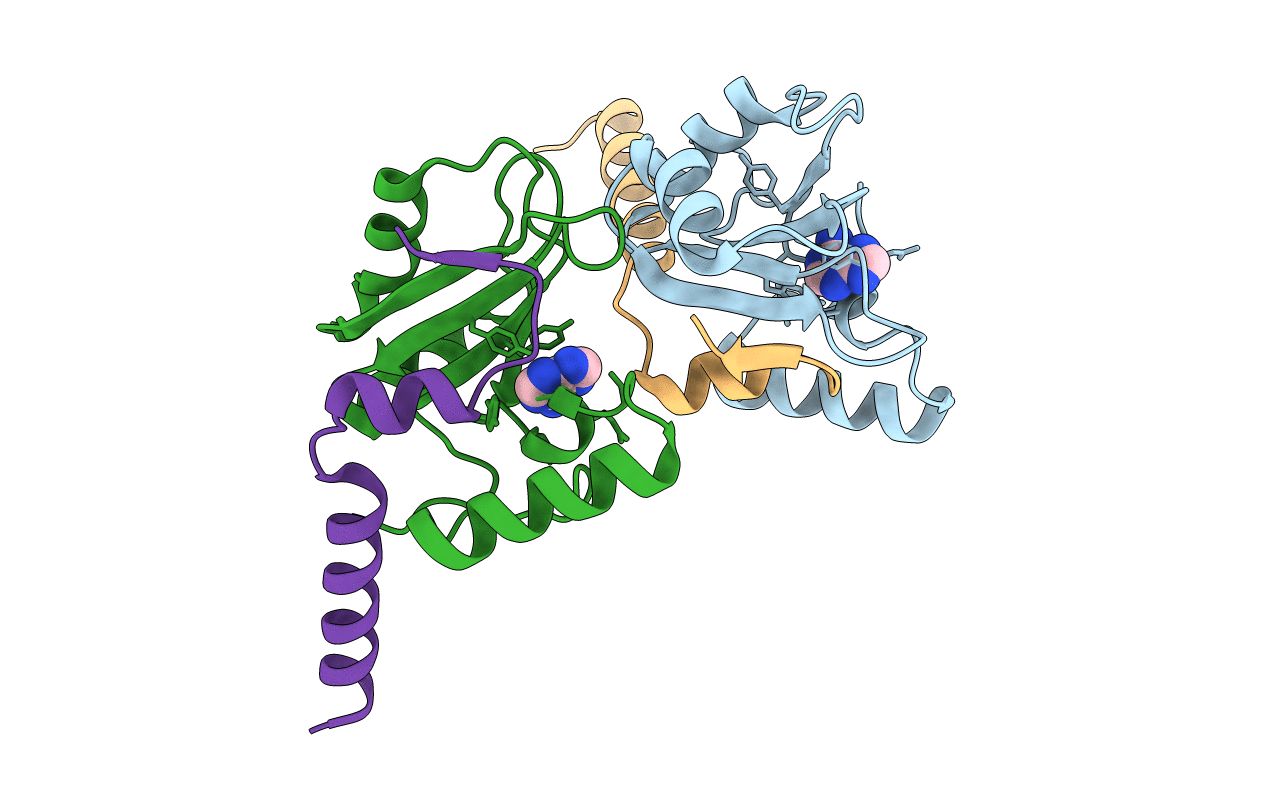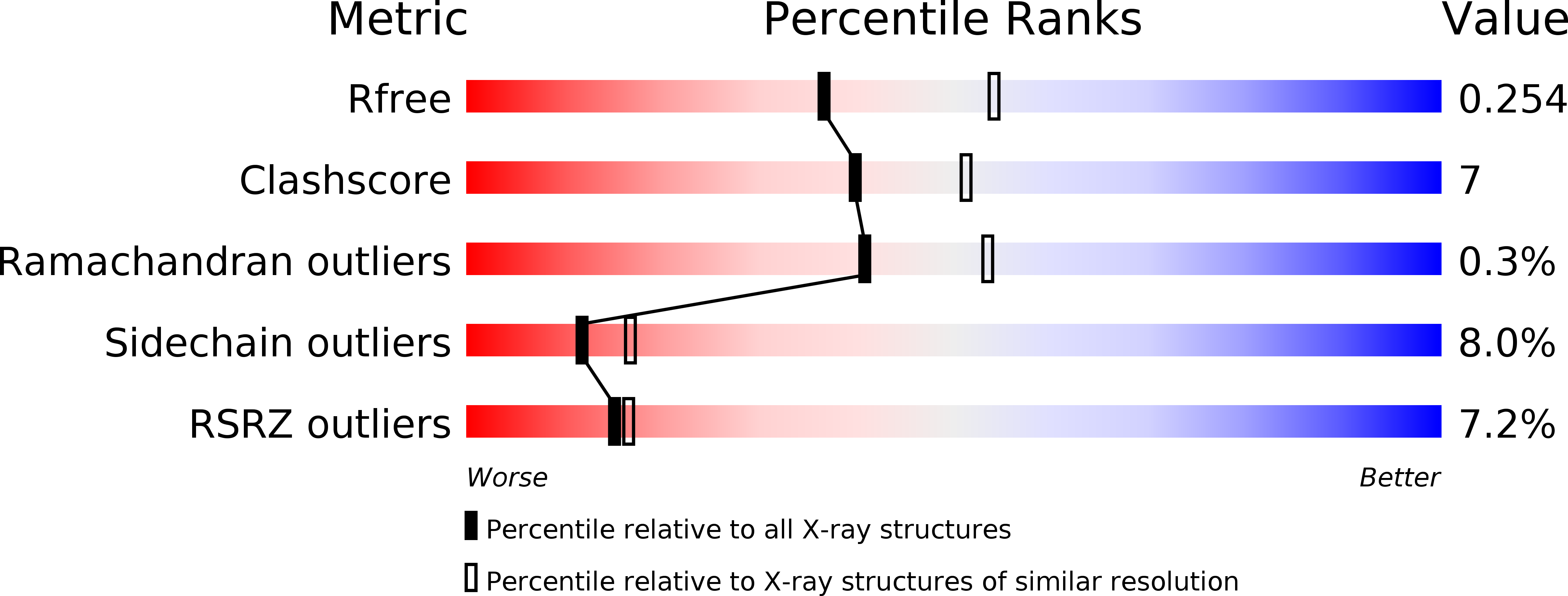
Deposition Date
2010-02-10
Release Date
2011-01-26
Last Version Date
2024-02-21
Method Details:
Experimental Method:
Resolution:
2.38 Å
R-Value Free:
0.25
R-Value Work:
0.21
R-Value Observed:
0.21
Space Group:
C 2 2 21


